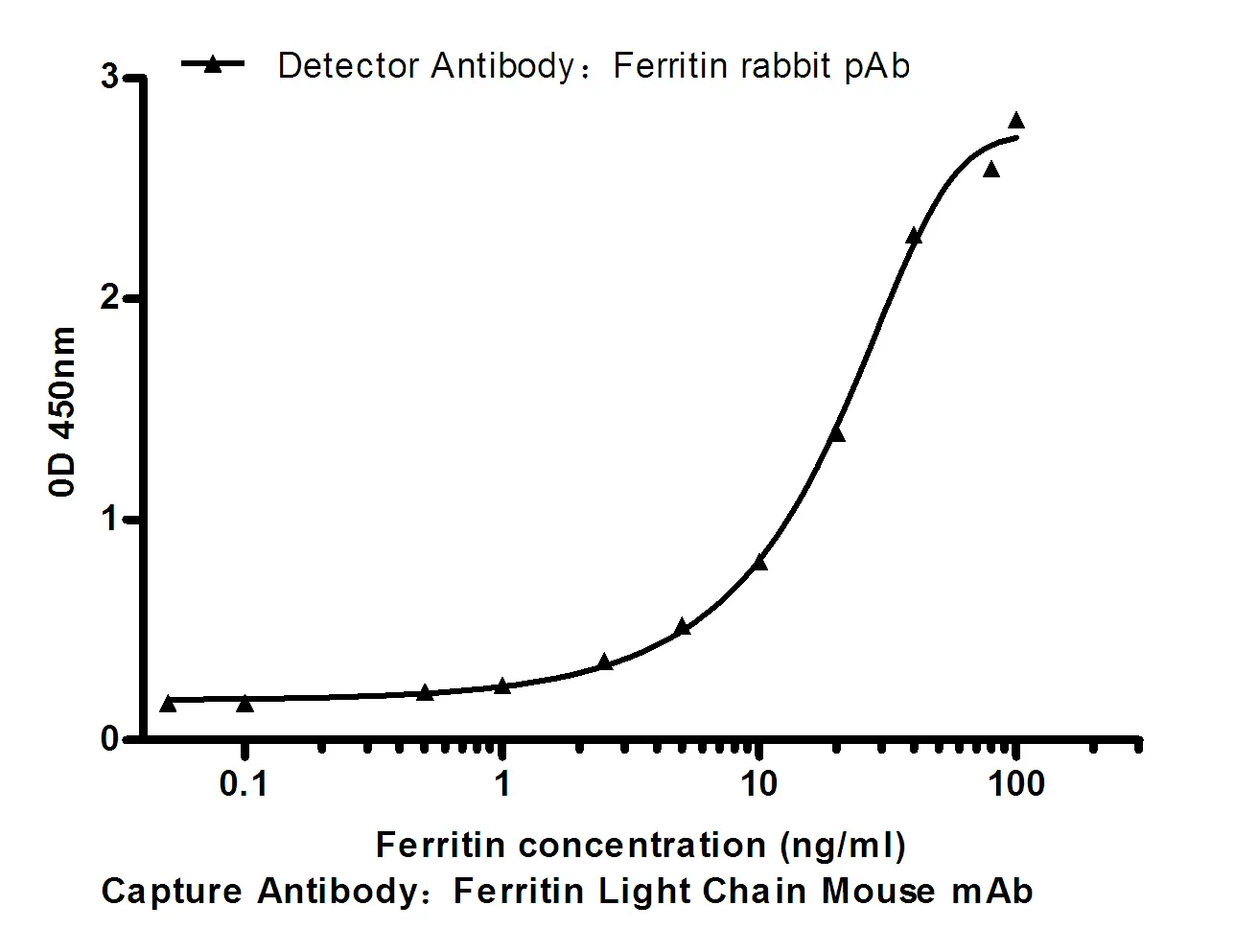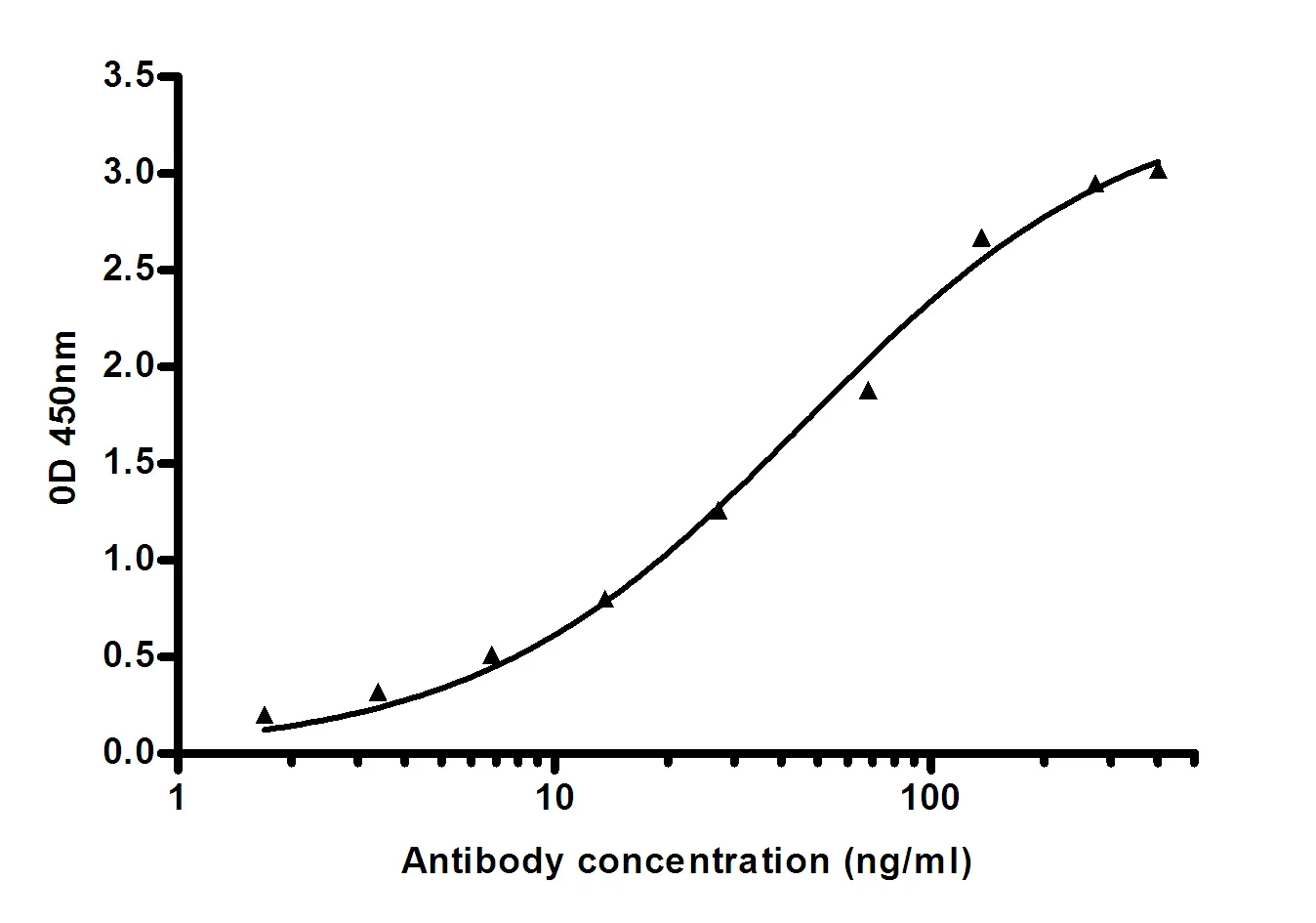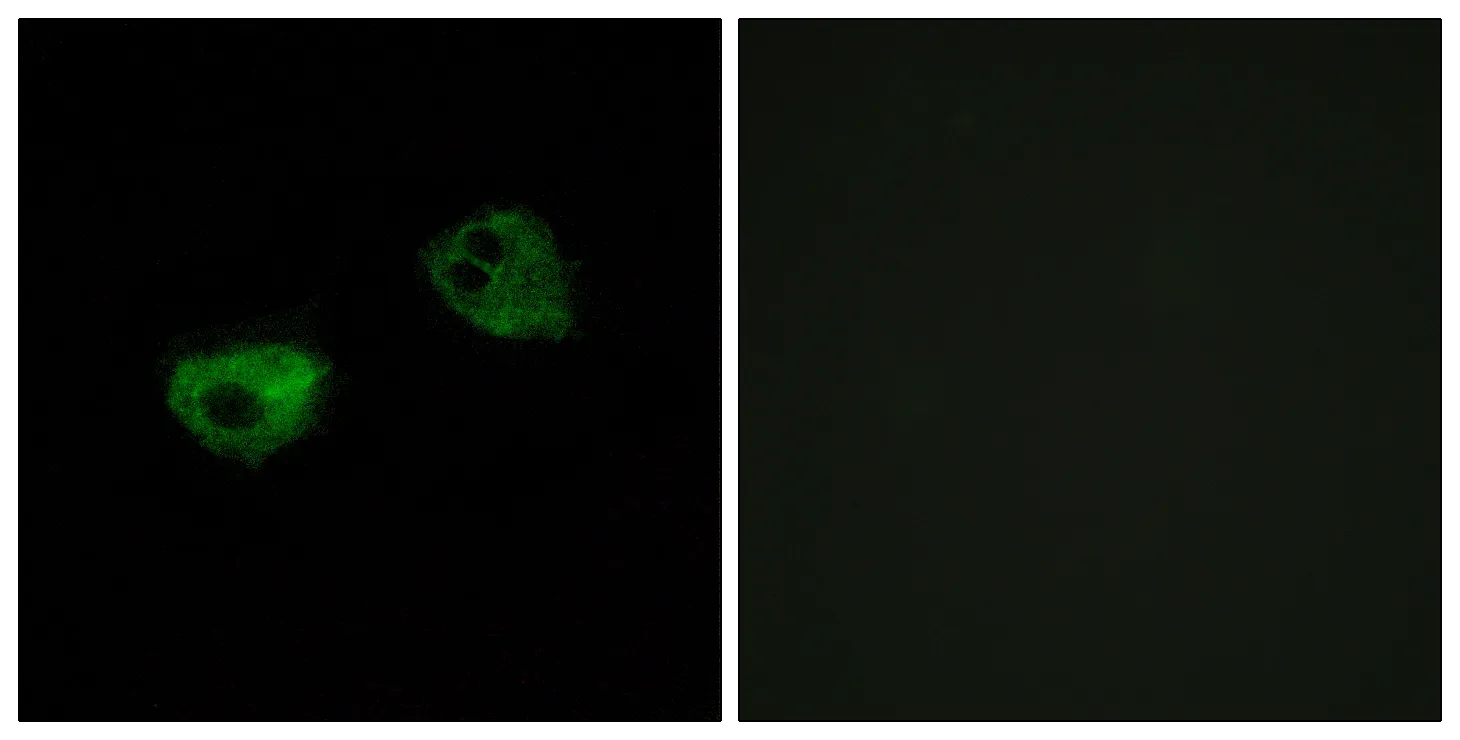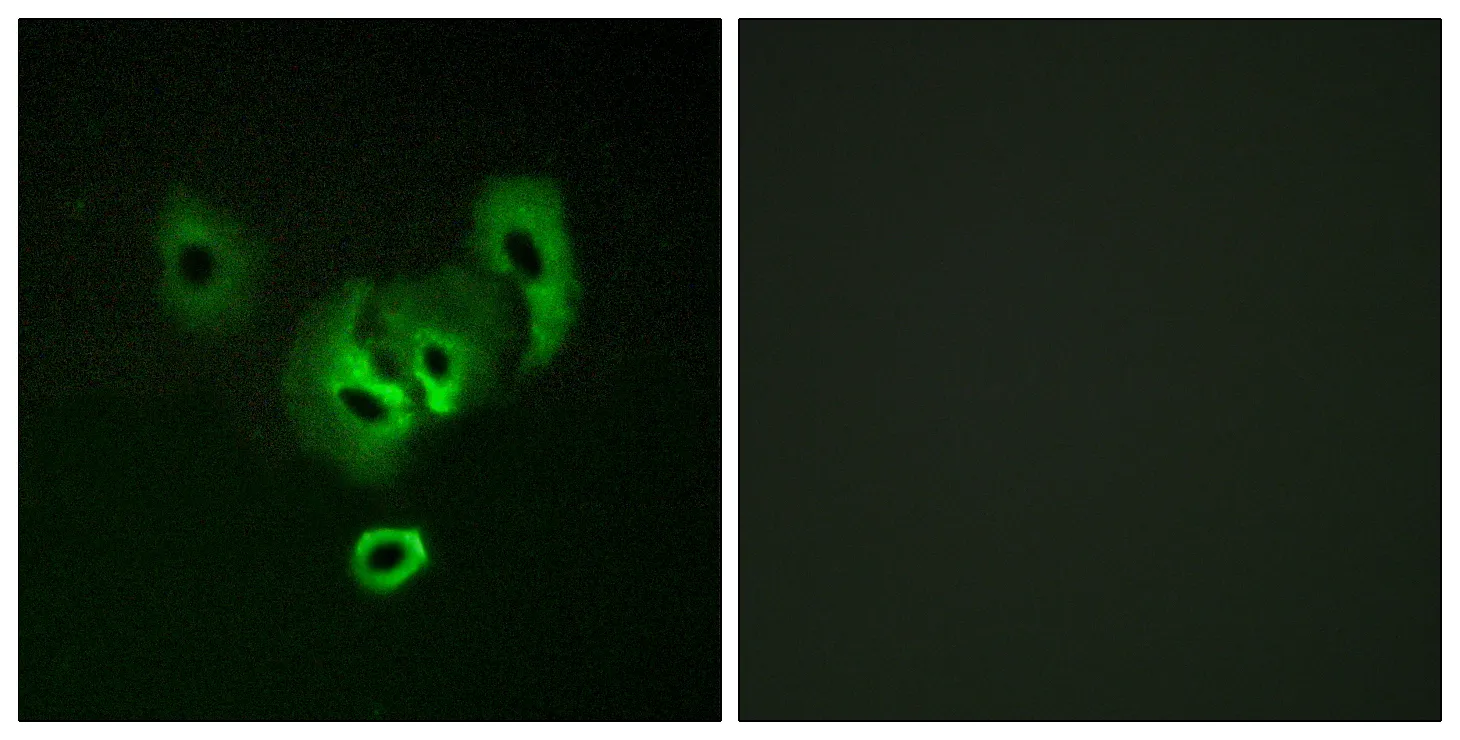Summary
Performance
Immunogen
Application
Background
This gene encodes an F-box-containing protein that is a component of an SCF-type E3 ubiquitin ligase complex that regulates the onset of cell division. The G2/M transition in the cell cycle requires the interaction of the proteins cyclin B1 and cyclin-dependent kinase 1. The activated ubiquitin ligase complex targets the protein cyclin B1 for degradation, preventing this transition to mitosis. [provided by RefSeq, Aug 2013],caution:Reported to contain a F-box domain (PubMed:16009132). Such domain is however not predicted by any detection method.,developmental stage:Weakly expressed in G0/G1 phases, abundant during S and G2/M phases, and strongly decreases thereafter.,domain:The F-box-like region is required for the interaction with SKP1A.,function:Essential component of an SCF-type E3 ligase complex, SCF(NIPA), a complex that controls mitotic entry by mediating ubiquitination and subsequent degradation of cyclin B1 (CCNB1). Its cell-cycle-dependent phosphorylation regulates the assembly of the SCF(NIPA) complex, restricting CCNB1 ubiquitination activity to interphase. Its inactivation results in nuclear accumulation of CCNB1 in interphase and premature mitotic entry. May have an antiapoptotic role in NPM-ALK-mediated signaling events.,pathway:Protein modification; protein ubiquitination.,PTM:Phosphorylated. Phosphorylated on Ser residues at G2/M phase, but not during S and G0 phases. May also be weakly phosphorylated on Tyr residues. Ser-354 phosphorylation, a major site during the course of cell-cycle-dedendent phosphorylation, results in its dissociation from the SCF(NIPA) complex, thereby preventing CCNB1 degradation leading to mitotic entry.,similarity:Contains 1 C3HC-type zinc finger.,subunit:Interacts with the NPM-ALK fusion protein in a tyrosine phosphorylation-dependent manner. Interacts with SKP1. Component of a SCF(NIPA) E3 complex with SKP1A, RBX1 and CUL1 when not phosphorylated on Ser-354. Interacts with CCNB1.,tissue specificity:Widely expressed. Highly expressed in heart, skeletal muscle and testis. Expressed in brain, placenta, lung, kidney, liver, pancreas, spleen, thymus, prostate, ovary small intestine and colon. Weakly or not expressed in leukocytes.,






